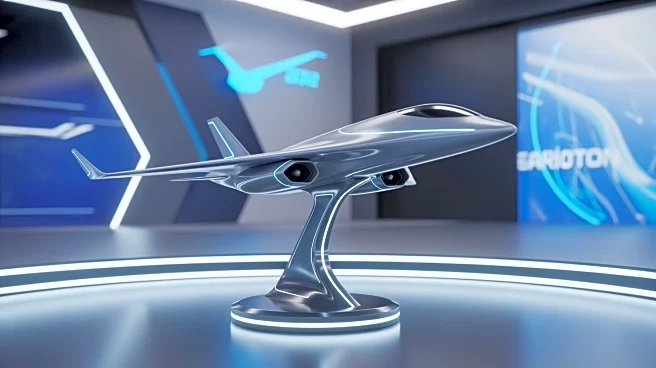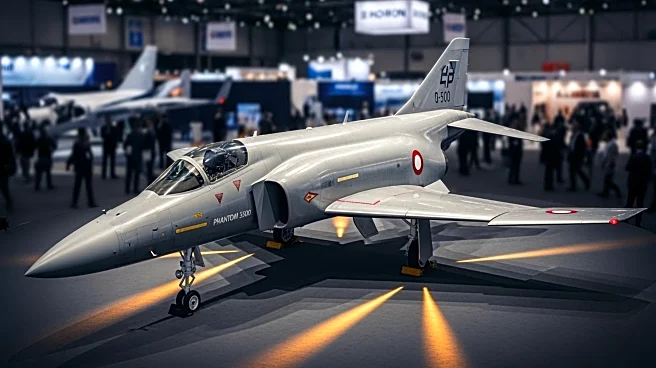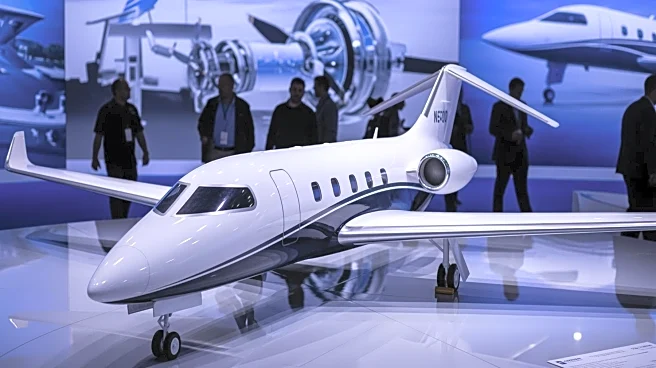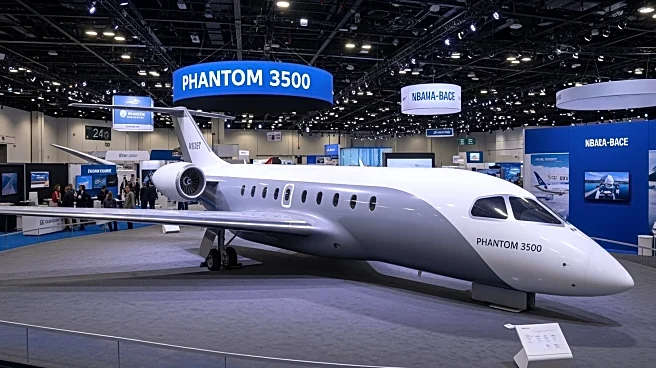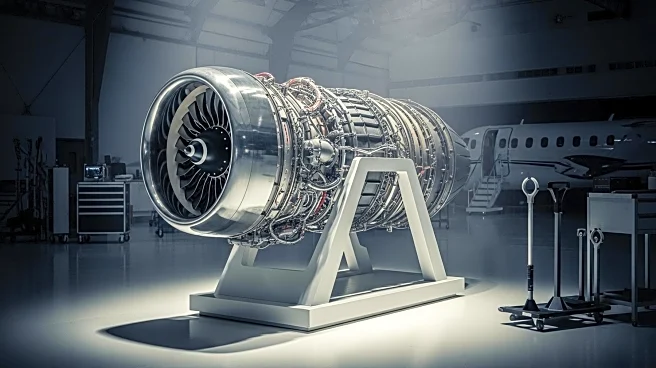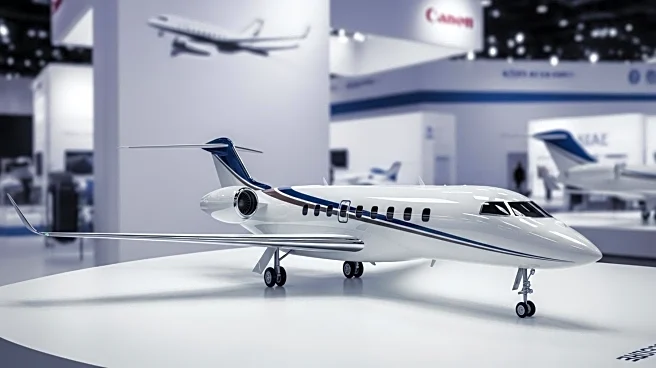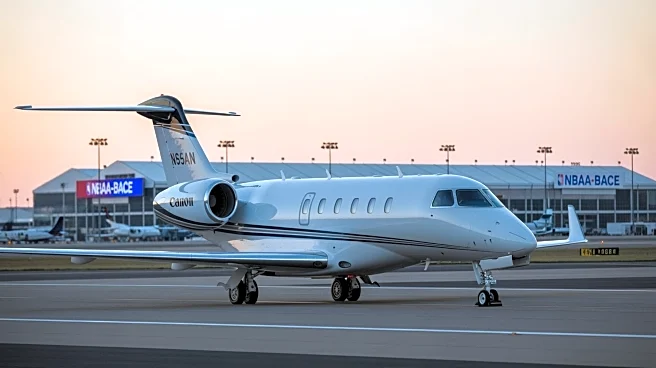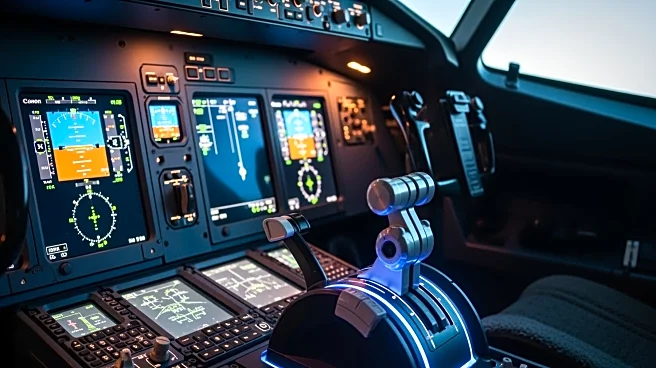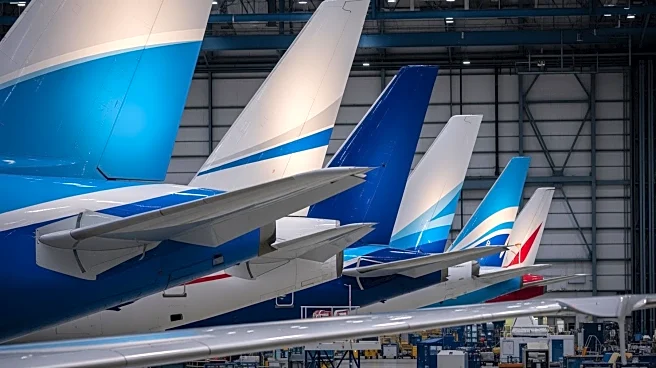What's Happening?
Otto Aerospace made a surprise debut at the NBAA-BACE 2025 with its Phantom 3500 mockup. The company plans to conduct its first flight in 2027 and aims for certification by 2030. The Phantom 3500 is part
of Otto Aerospace's strategic push into the aviation market, showcasing advanced design and technology. The event marks a significant milestone for the company, as it seeks to establish itself in the competitive aerospace industry. The Phantom 3500 is expected to offer innovative features that cater to the evolving needs of business aviation.
Why It's Important?
The introduction of the Phantom 3500 by Otto Aerospace is a notable development in the aerospace sector, potentially influencing market dynamics. As the company targets a 2027 flight and 2030 certification, it positions itself to compete with established players in the industry. This move could lead to increased competition, driving innovation and potentially lowering costs for consumers. The Phantom 3500's debut at NBAA-BACE highlights the growing interest in advanced aviation technologies, which could have broader implications for business aviation and related sectors.
What's Next?
Otto Aerospace's next steps involve preparing for the Phantom 3500's maiden flight in 2027, followed by efforts to achieve certification by 2030. The company will likely focus on refining the aircraft's design and technology to meet regulatory standards. Stakeholders, including investors and industry partners, will be closely monitoring these developments. Success in these endeavors could enhance Otto Aerospace's reputation and market share, influencing future collaborations and investments in the aerospace industry.
Beyond the Headlines
The Phantom 3500's development may have long-term implications for the aerospace industry, particularly in terms of technological advancements and sustainability. Otto Aerospace's focus on innovation could drive new standards in aircraft design and efficiency. Additionally, the company's entry into the market may encourage other firms to accelerate their own research and development efforts, potentially leading to breakthroughs in aviation technology.
